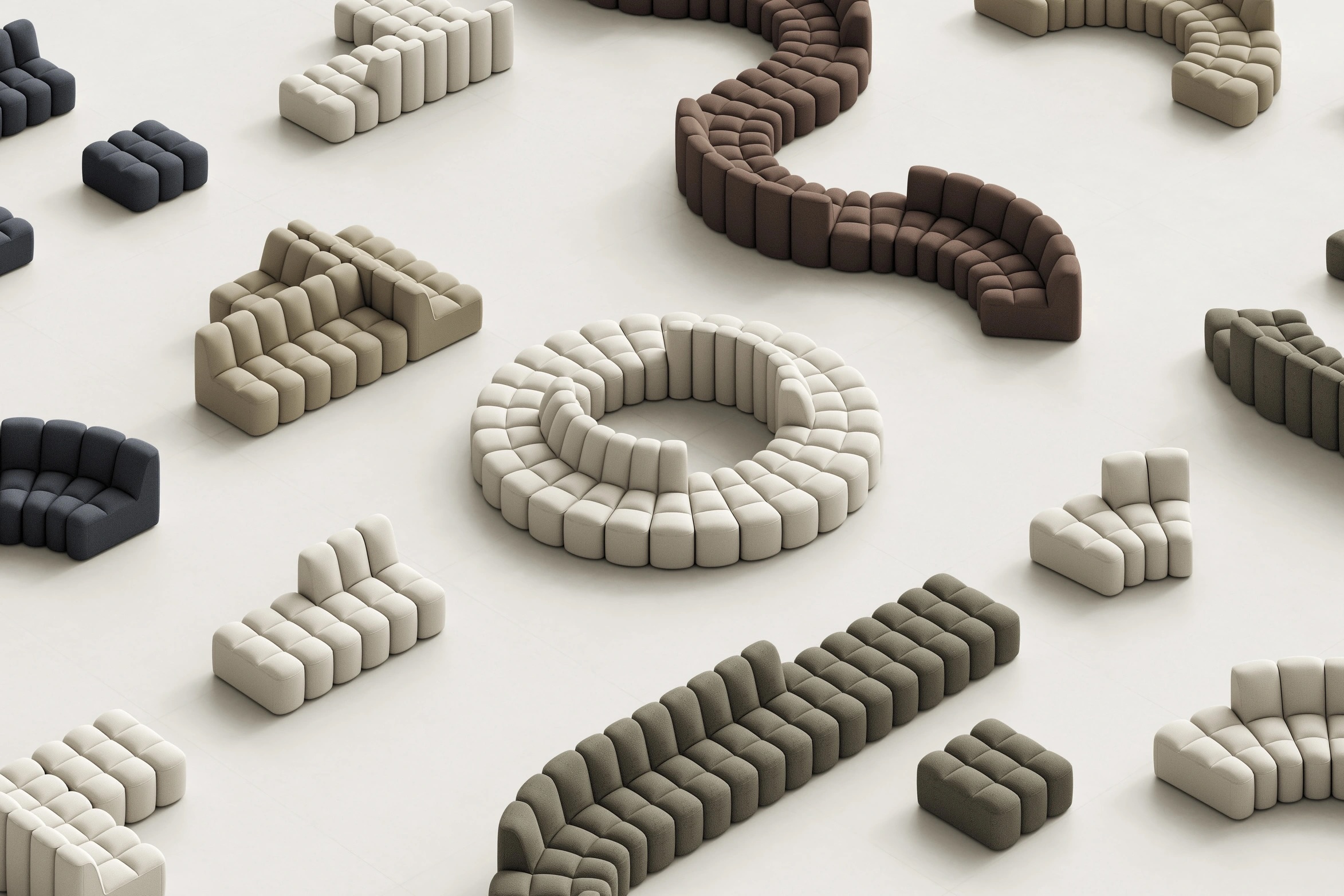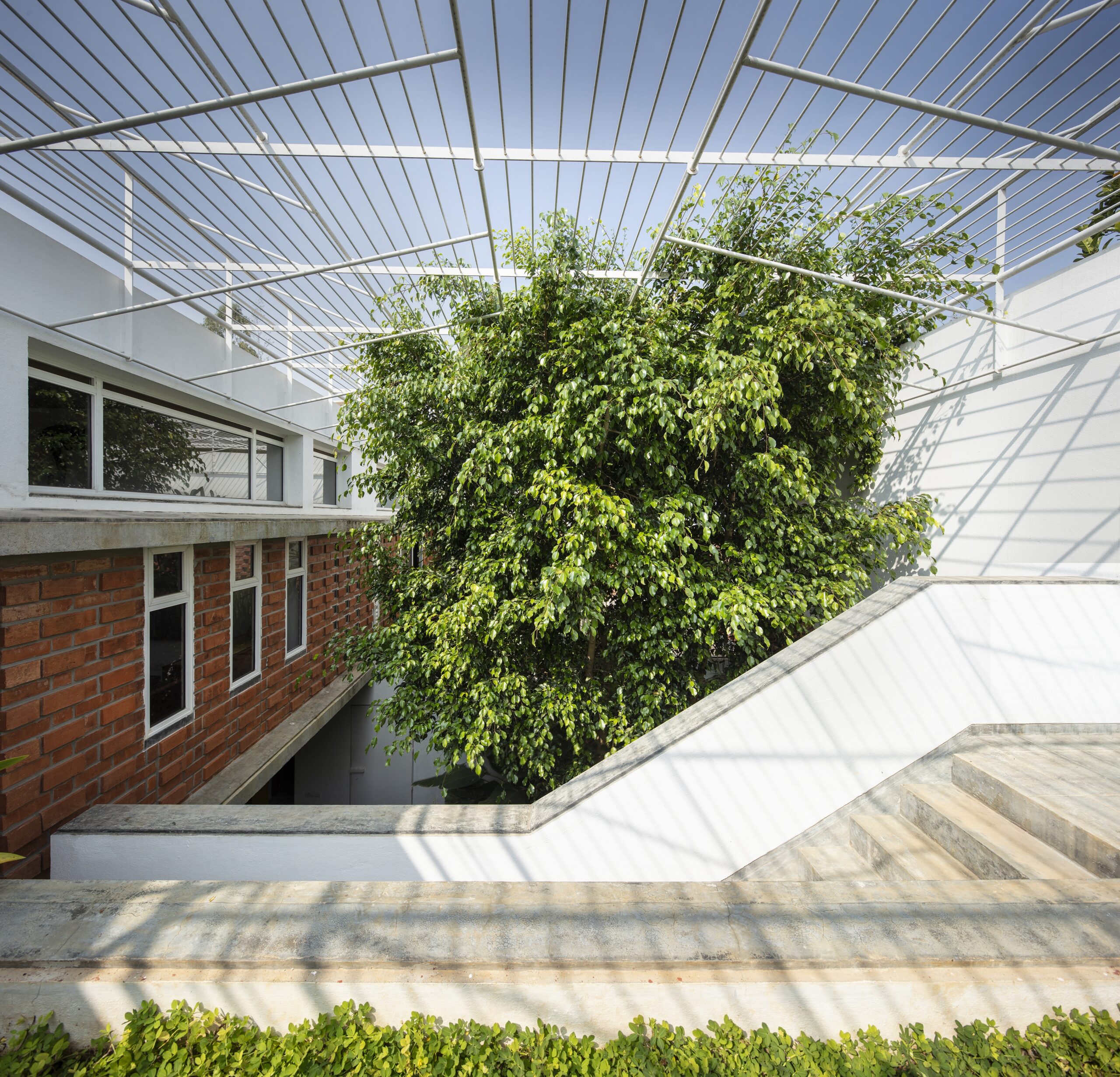Material Matchmaking: When Wood Engages with Contemporary Counterparts

 Private residence in Varese / Franzetti Primi Architetti Associati
Private residence in Varese / Franzetti Primi Architetti Associati
Mathematics shows us how, from just a few elements, we can generate nearly infinite combinations and how each new arrangement can completely transform the original set. Theories like chaos and complexity point in the same direction: small initial variations, such as a choice, a deviation, or a new element, can trigger profound and unexpected changes. In architecture, this manifests concretely in the daily work of a designer. The choice of materials and how they are combined may seem like a merely aesthetic or functional decision, but it holds the power to redefine a building's language, the path a project will follow, and its relationship with the surroundings and its inhabitants.




















































